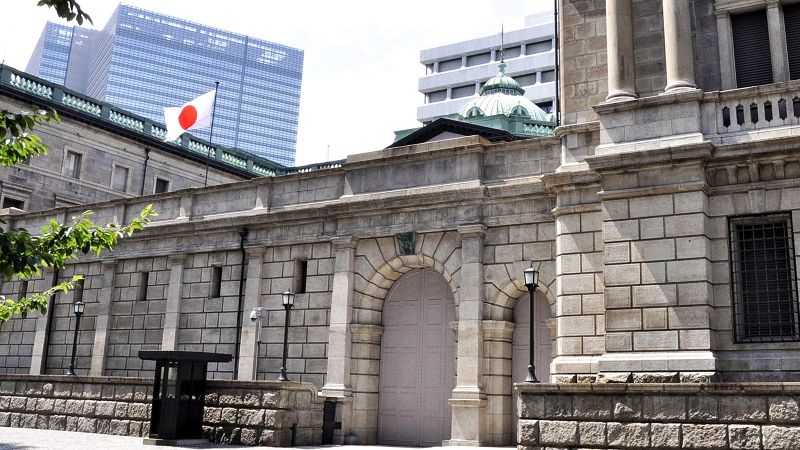Japan’s economy saw strong growth in the second quarter, with GDP expanding by 3.1%, beating market forecasts of a 2.1% gain. This rebound followed a 2.3% contraction in the first quarter and was driven by a rise in consumption. The Bank of Japan had predicted a solid economic recovery that would support inflation hitting its 2% target and justify further interest rate hikes. Private consumption, which accounts for over half of GDP, increased by 1.0%, the first gain in five quarters, supported by real wage growth.
The positive economic data supported the Bank of Japan’s view and the possibility of further rate hikes. Despite concerns about a sharp spike in the yen following the previous rate increase, economists believe that consumption will continue to recover. Factors such as fixed-rate tax reductions, subsidies on utilities, and strong spring wage talks are expected to boost income and consumption. Additionally, an increase in tourism has contributed to retail sales growth, with spending by tourists expected to reach 8 trillion yen this year.
Capital spending, a key driver of growth, also rose in the second quarter, matching market forecasts. External demand, however, had a negative impact on growth, with exports minus imports knocking 0.1 point off the overall GDP increase. Despite these challenges, the Bank of Japan raised interest rates last month and outlined plans to taper its bond-buying, signaling a move towards winding down its massive monetary stimulus. Japan’s decision to raise rates contrasts with other major central banks, such as the US Federal Reserve, which are easing policy.
The increase in consumption, for the first time in over a year, is seen as a positive sign for the Bank of Japan to continue with further rate hikes later this year. Economists anticipate that continued income growth and consumption recovery, supported by various factors including tourism and capital spending, will drive economic expansion. Public discontent over rising living costs played a role in Prime Minister Fumio Kishida’s decision to resign, highlighting the ongoing challenges faced by households. However, with positive economic indicators and potential growth drivers like tourism, Japan remains optimistic about its economic prospects.
Overall, Japan’s economic performance in the second quarter exceeded expectations, with strong GDP growth driven by increased consumption and capital spending. The Bank of Japan’s goals of reaching its 2% inflation target and gradually raising interest rates appear feasible with the current economic recovery. While challenges such as external demand and rising living costs persist, positive factors like tourism and income growth are expected to support continued economic expansion. The path towards normalizing monetary policy and achieving sustained economic growth in Japan continues, with the potential for further rate hikes on the horizon.


